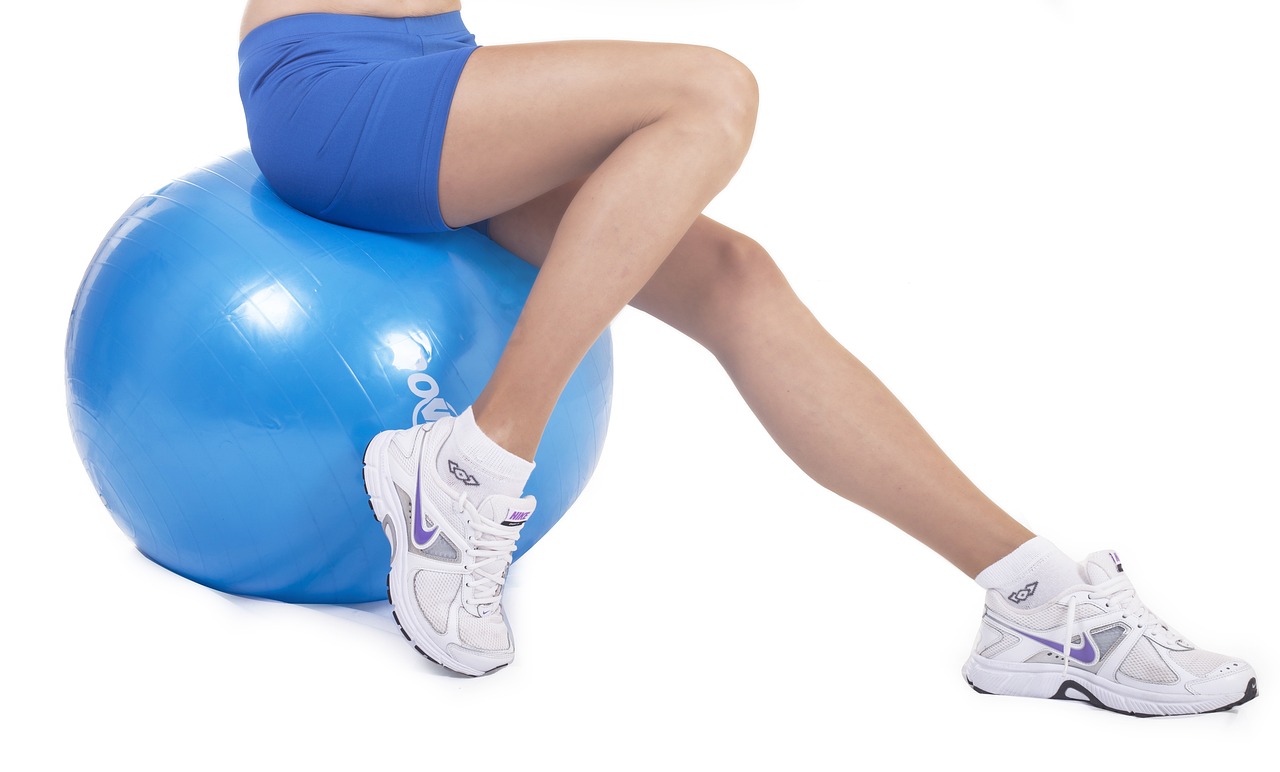Recovery from a hip replacement involves a gradual approach to exercise. Engaging in the right exercises post-surgery promotes rehabilitation, rebuilds strength, and supports overall fitness without risking injury or complications. Let’s explore a range of gym exercises and strategies tailored for individuals after a hip replacement.
Importance of Careful Post-Hip Replacement Exercises
Following a hip replacement, it’s essential to allow the body to heal and gradually reintroduce exercises that aid recovery without straining the hip or causing complications. Selecting safe and appropriate movements is crucial to rebuild strength and mobility.
Starting Gradually and Post-Hip Replacement Considerations
1. Consult with Your Surgeon or Healthcare Provider
Before resuming any exercise regimen, consulting your surgeon or healthcare provider is vital. They can offer personalized guidance and exercises suitable for your specific surgery and recovery.
2. Wait for Medical Clearance
Obtain clearance from your healthcare provider before starting any exercise routine post-hip replacement. Recovery timelines can vary based on individual progress and the type of surgery.
Gym Exercises After Hip Replacement
3. Walking and Gait Training
Purpose: Gradual reintegration of movement and weight-bearing exercise.
Execution: Begin with short walks using a walker or cane, gradually increasing distance and pace as tolerated. Gait training helps in regaining a natural walking pattern.
4. Leg Raises and Knee Extensions
Purpose: Strengthening muscles around the hip joint without causing strain.
Execution: Perform leg raises while lying down to engage the hip muscles. Seated or lying knee extensions aid in regaining strength without putting pressure on the hip joint.
5. Resistance Band Exercises
Purpose: Rebuilding muscle strength without heavy weights.
Execution: Utilize resistance bands to perform exercises like side leg lifts, leg curls, and clamshells, targeting hip muscles without excessive strain.
6. Seated Upper Body Exercises
Purpose: Maintaining upper body strength without involving the hip joint.
Execution: Perform seated exercises targeting the upper body, such as seated rows, bicep curls, and shoulder presses, using light weights or resistance bands.
Strategies for Safe and Effective Recovery
7. Mindful Progression
Gradually increase the intensity and duration of exercises while avoiding movements that cause discomfort or pain.
8. Focus on Posture and Form
Maintain proper posture during exercises to avoid undue stress on the hip joint. Listen to your body and stop any exercise if it causes discomfort.
9. Balance and Stability Exercises
Incorporate exercises that improve balance and stability, such as standing on one leg or utilizing balance boards, aiding in hip joint support.
Rest and Recovery
10. Hydration and Nutrition
Maintain proper hydration and a well-balanced diet to support the body’s healing process.
11. Adequate Rest
Quality sleep is crucial for recovery. Allow the body ample rest and time for the healing process.
Mental Preparation and Mindset
12. Patience and Self-Care
Be patient with the recovery process. Focus on gradual progress and self-care during this period of healing.
13. Seek Professional Guidance
Consult with physical therapists or trainers experienced in post-surgery rehabilitation for tailored exercises and guidance.
Conclusion
Engaging in tailored exercises after a hip replacement supports rehabilitation and improves overall health and well-being. By focusing on gradual progression, mindful movements, and personalized care, individuals can effectively rebuild strength and fitness levels post-surgery.
FAQs
- When is it safe to start exercising after a hip replacement?
- Are there any exercises to avoid after a hip replacement?
- Can I resume intense workouts and sports post-hip replacement?
- How long does it take to fully recover and regain mobility after a hip replacement?
- What signs indicate I should stop exercising post-hip replacement?
Always consult your healthcare provider or surgeon before starting any exercise regimen after a hip replacement.














